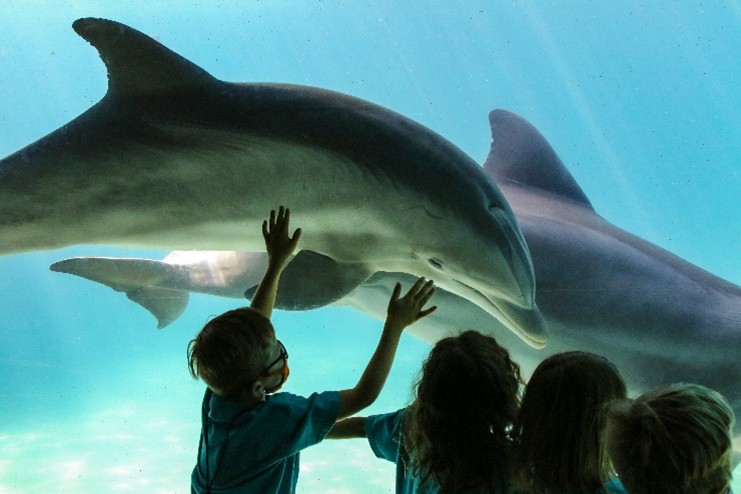Science starts with why: sparking curiosity in the classroom

According to an OECD study, curiosity as a social-emotional skill is strongly related to children’s early cognitive development, including emergent literacy, numeracy, mental flexibility and abilities to retain and recall information. The emotional dimension makes curiosity a powerful learning tool as it can affect learners’ concentration, memory and thinking.
Curiosity as a tool for science education
From an early age, children apply their curiosity to understand better the world around them. A child may drop a toy to see if it breaks, what kind of sound it makes or how adults will react. Such observations help children to understand natural world phenomenon little by little and to ask new questions.
Nurturing curious minds, especially in science education, has many benefits:
- Emphasis on inquiry and exploration: Instead of passive reception of facts, learners become active seekers of information and explorers. Applying curiosity develops scientific and process thinking.
- Increased engagement and concentration: When pupils are genuinely interested, they become more focused, develop follow-up questions and build up commitment with issues they care for.
- Supporting inherent motivation: Curiosity goes hand in hand with motivation, which is one of the most important factors driving learning in general.
- Overcoming science anxiety: Curiosity and wonder can help overcome negative associations with or prejudices against science learning.
In science education, pupils' curiosity drives them to start their own inquiries, investigations and connect with the natural world. When teachers align and support children’s emotions, pupils are more likely to develop not only scientific comprehension but also confidence, motivation and agency.
How to spark curiosity in your classroom?
Small children ask questions naturally, but this tends to diminish when they enter primary education. Different factors are involved: education systems that favour right answers rather than open-ended inquiry, children having less time for play and free exploration, or a fear of being wrong.
However, with creative strategies, teachers can keep the curious minds in action:
- Mystify science questions: What could trigger curiosity more than magic, myth and mystery? A science mystery linked with pupils’ interests and prior knowledge.
- Use real-world cases: Together with pupils, select a real-life issue and turn it into a science inquiry (e.g. surveying local biodiversity or analysing pollution data) to help pupils think critically and look for real-world solutions. Platforms for mapping and data visualisation, such as ESA applications using Galileo satellite data or QGIS enable pupils work with real-world datasets.
- Allow all kinds of questions: Encourage pupils to ask questions, starting with ‘what if’ and ‘why’. Emphasise that there are no ‘wrong’ or ‘silly’ questions − for example by creating a game where the craziest question wins.
- Gamify learning experience: Use challenges, puzzles, treasure hunts etc. to keep curiosity alive. Remember to reward exploration and the learning journey, rather than only right answers.
- Encourage a scientific mindset: Emphasise that curiosity, persistence and failure are part of the scientific process. Ask pupils develop a presentation on accidental scientific discoveries.
Implementing these strategies can help science education to become a dynamic journey where curiosity is actively encouraged.
Explore more
Discover how schools are using science projects to connect classrooms with communities in the Opening eTwinning: Involving the Wider Community Through Citizen Science webinar.
Additional information
-
Education type:School Education
-
Target audience ISCED:Primary education (ISCED 1)Lower secondary education (ISCED 2)
